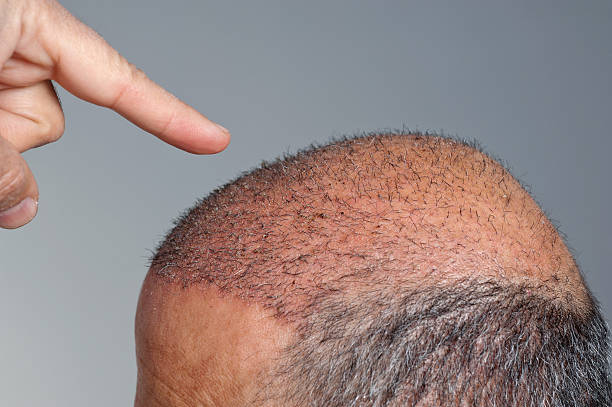Hair Transplantation: New Approaches and Modern Techniques
Hair transplantation has evolved significantly over the past decade, offering individuals experiencing hair loss more refined and effective solutions than ever before. Modern advancements in surgical techniques, technology integration, and patient care protocols have transformed this field from basic hair plugs to sophisticated restoration procedures that deliver natural-looking results with minimal downtime.

What New Approaches Are Being Explored in Hair Transplantation?
Contemporary hair transplantation has moved beyond traditional strip harvesting methods to embrace more precise techniques. Follicular Unit Extraction (FUE) has become increasingly refined, with surgeons now utilizing advanced extraction tools that minimize trauma to donor sites. Robotic-assisted procedures have introduced unprecedented precision in graft harvesting and placement, allowing for consistent angles and depths that closely mimic natural hair growth patterns.
Direct Hair Implantation (DHI) represents another significant advancement, where specially designed instruments called Choi pens enable simultaneous creation of recipient sites and implantation of grafts. This approach reduces the time follicles spend outside the body, potentially improving survival rates and overall transplant success.
Which Modern Trends Are Shaping Hair Restoration Techniques?
Current trends in hair restoration emphasize personalized treatment plans that consider individual hair characteristics, facial structure, and lifestyle factors. Surgeons increasingly focus on hairline design that complements aging processes, creating results that will remain natural-looking over time.
Minimally invasive techniques have gained prominence, with procedures designed to reduce scarring and accelerate recovery. Advanced closure methods in strip procedures have significantly improved healing outcomes, while refined FUE techniques leave virtually no visible scarring in donor areas.
The integration of platelet-rich plasma (PRP) therapy alongside transplantation procedures has become more common, with many practitioners combining these treatments to potentially enhance healing and stimulate existing hair growth.
What Innovations Are Transforming the Field of Hair Transplants?
Technological innovations continue to reshape hair transplantation capabilities. High-powered microscopes and specialized lighting systems enable surgeons to work with greater precision during graft preparation and placement. Temperature-controlled storage solutions help maintain graft viability during longer procedures.
Artificial intelligence is beginning to play a role in treatment planning, with software systems analyzing hair loss patterns and predicting future progression to optimize transplant strategies. Some clinics utilize digital imaging systems that help patients visualize potential results before undergoing procedures.
Stem cell research, while still in experimental phases, shows promise for future applications in hair restoration. Scientists are investigating methods to potentially regenerate hair follicles or enhance the regenerative capacity of transplanted grafts.
When considering hair transplantation costs, prices typically vary based on technique, geographic location, and the extent of treatment required. FUE procedures generally cost between $4,000 to $15,000, while traditional FUT methods may range from $3,000 to $12,000. These estimates reflect the comprehensive nature of modern transplant procedures, including pre-operative planning, surgical time, and post-operative care.
| Technique | Cost Range | Key Characteristics |
|---|---|---|
| FUE | $4,000 - $15,000 | Minimal scarring, longer procedure time |
| FUT/Strip | $3,000 - $12,000 | Linear scar, efficient for large areas |
| DHI | $5,000 - $18,000 | Specialized tools, reduced handling time |
| Robotic FUE | $6,000 - $20,000 | High precision, technology-assisted |
Prices, rates, or cost estimates mentioned in this article are based on the latest available information but may change over time. Independent research is advised before making financial decisions.
The selection of appropriate candidates has become more sophisticated, with surgeons utilizing detailed scalp analysis and hair loss progression assessments to determine optimal timing and techniques for individual patients. Advanced imaging technologies help evaluate donor area density and predict long-term outcomes more accurately.
Recovery protocols have also evolved, incorporating evidence-based practices that minimize discomfort and optimize healing. Many clinics now provide comprehensive post-operative care packages that include specialized shampoos, medications, and follow-up monitoring to ensure optimal results.
Hair transplantation continues advancing through improved surgical techniques, technological integration, and enhanced understanding of hair biology. These developments have made procedures more accessible and effective for individuals seeking to address hair loss concerns. Modern approaches prioritize natural-looking results while minimizing patient discomfort and recovery time, representing a significant evolution from earlier transplantation methods.
This article is for informational purposes only and should not be considered medical advice. Please consult a qualified healthcare professional for personalized guidance and treatment.



